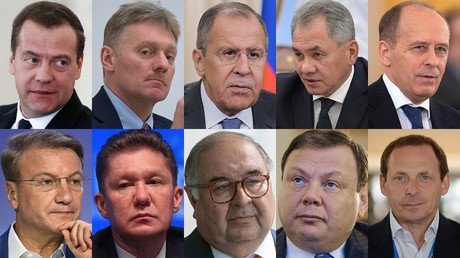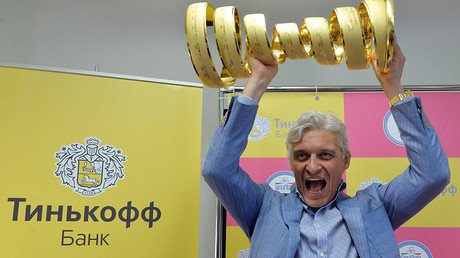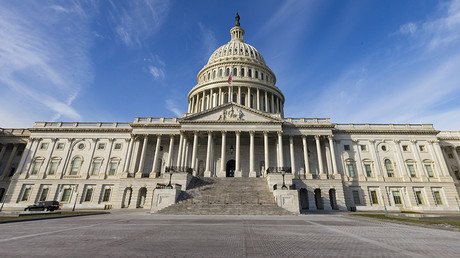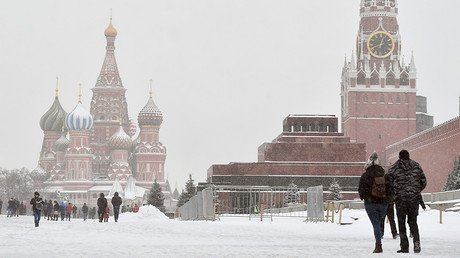‘Kremlin list’: Attempt to isolate Putin, or part of US National Security Strategy?
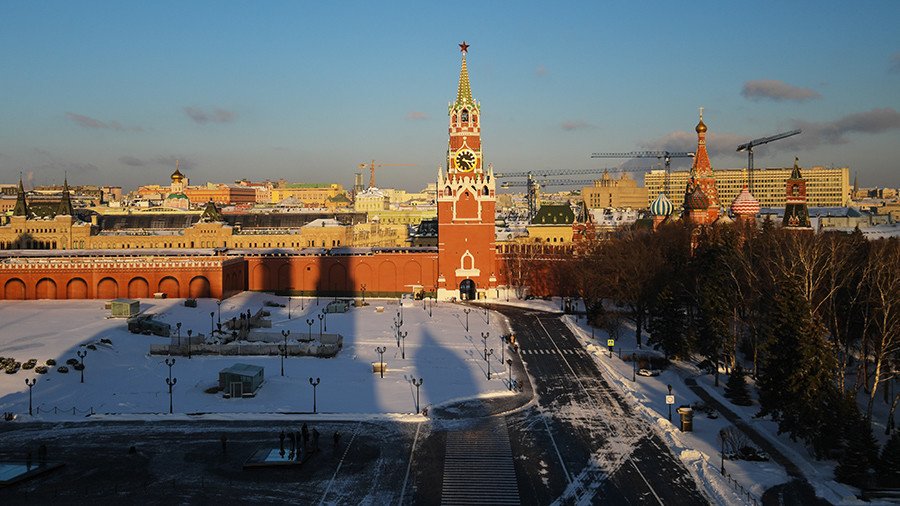
Is Washington’s Kremlin list a ‘warning shot’ to Moscow or is it meaningless? RT discussed with political analysts why the US decided to publish it and what the list is for.
The US Treasury has released a declassified list of Russia individuals as part of a sanctions law signed by President Donald Trump in August. The ‘Kremlin List’ includes the names of 114 politicians and 96 top-tier business figures. According to the document, the individuals on the list are not being sanctioned.
Russian President Vladimir Putin joked that he was “offended” not to be included on the list.
Political analyst John Bosnich described Washington’s decision to publish the Kremlin List “as a ratcheting up of the psychological war of words and pressure.”
“It is a little bit of a variation on brinkmanship, it is ‘blinkmanship.’ They are trying to make one side or the other blink and become too afraid or too nervous,” he told RT.
In his view, the US is trying to isolate President Putin by terrorizing people “who work in legitimate, democratic positions inside the Russian government.”
In Moscow’s view, the release of the Kremlin List is an obvious and direct attempt to influence the upcoming election in Russia, Kremlin spokesman Dmitry Peskov said Monday. He added that the publication of the list itself does not mean anything, but Moscow will examine it and analyze what actions will follow it.
Bosnich said that “this list does not refer to anyone who has violated any kind of financial rules or any kind of laws.”
“It is list a list of people who are considered to be influential and potentially very useful to Russian national interests and less than useful to American national interests, which is the normal state of affairs when you have leading countries that disagree on certain issues and nothing more than that. Therefore, meaningless in a sense of some kind of a punishment list,” he continued.
As there are growing calls in Europe to lift the sanctions on Russia, Bosnich noted that, naturally, the Europeans “are being made to suffer.”
“Basically, Washington is fighting its war against Russia to the last European: destroying European economy, sanctioning Russia and forcing the Europeans to comply. This will ultimately lead to a break in US-European relations, which would be a grievous error to be made in Washington,” he said.
Andrew Leung, international and independent China specialist and political commentator, said there are two dimensions to look at. First, “a target list” was prepared in August – at a time when the sanctions law was signed, “which is very unsettling.”
In his opinion, by including in the “black list” of Russia’s political hierarchy, the US “is taking this on a higher level.”
As for the second dimension, Leung noted that the US released the National Security Strategy paper in December 2017 – which Donald Trump chose to announce himself – in which Russia and China are mentioned “as America’s enemies one and two: specifically mentioning these two countries in a sense that they perceive that these two countries are challenging the American formulated world order.”
“It is using all sorts of means whether it is economic, military, financial, coercive or semi-coercive power to erode American leadership,” he added.
While the US Treasury insists it is not sanctioning the people mentioned in the list (though it was created as part of a sanctions law) Leung said, “the list is not scrapped, it is there, it means it is part of the preparation of ramping up of sanctions.”
“Its publication almost sounds like a warning shot on Russia."
“Looking at it in a broader picture, it is a complete upgrading of America’s foreign strategy and national security strategy, targeting specifically Russia and China,” he said.
Stevan Gajic, researcher at the Institute for European Studies in Belgrade, noted that the idea behind creating the list is not new, and it reminds him of a similar document that included “the top officials of the regime of Slobodan Milosevic in Serbia.”
According to Gajic, the idea is basically to cause “some kind of competition between people who are on the list in order to create chaos in the country.”
“But today we live in a completely different international environment and the US itself is in the state of political warfare where the Congress and especially the Democrats are on one side and Trump on the other, who is reluctant to actually impose sanctions against Russia. I don’t think that the effects will be any similar to those of the late 1990s in the Balkans,” he told RT.
